SB5 - Health, disease and the development of medicines
1/55
There's no tags or description
Looks like no tags are added yet.
Name | Mastery | Learn | Test | Matching | Spaced |
|---|
No study sessions yet.
56 Terms
What are the 3 categories of wellbeing?
PHYSICAL WELLBEING - includes being free from disease, eating and sleeping well, getting regular activity and limiting the intake of harmful substances e.g. drugs/alcohol
SOCAIL WELLBEING - includes how well you get on with other people, and also how your surroundings affect you
MENTAL WELLBEING - includes how you feel about yourself
What is the difference between communicable and non communicable diseases?
COMMUNICABLE - Microorganisms that cause diseases are called pathogens. Diseases caused by pathogens are communicable diseases as they can be passed from an infected person to other people (e.g. flu/virus)
NON COMMUNICABLE - Caused by a problem in the body, such as a fault in the genes (e.g. cystic fibrosis) or a result of the way we live. Our lifestyle. Not passed from person to person
What does diseases being correlated mean and what are the possible causes of this correlation?
Diseases may be CORRELATED, so having one disease means a person is MORE LIKELY to have another disease. Possible causes of this correlation include:
1. One disease damages the IMMUNE SYSTEM, making it easier for other PATHOGENS to cause disease
2. A disease DAMAGES the body's natural barriers and defences, allowing PATHOGENS to get into the body more easily
3. A disease stops an ORGAN SYSTEM from working effectively making other diseases MORE LIKELY to occur
What are 2 different types of non communicable diseases?
1) GENETIC
- cystic fibrosis
- haemophilia
- sickle cell anaemia
2) LIFESTYLE DISEASES
- diseases caused by how we choose to live
- for example, whether EXERCISE, what we choose to EAT, whether we take DRUGS, or drink ALCOHOL
EG: Cirrhosis of the liver
- caused by drinking too much alcohol over a long period of time
- a healthy liver has a deep, reddish-purple colour, an unhealthy liver is usually shrunken and has yellowish-tan colour
- excessive alcohol causes your liver to get clogged up with fat
- eventually alcohol causes damage to the cell, causing scars to form - this is called CIRRHOSIS
Nutrient - Protein
Disease caused by deficiency of nutrient: Kwashiorkor
Symptoms of disease: Enlarged belly, small muscles, failure to grow properly
Good sources in diet: Meat, fish, dairy, eggs, pulses
Nutrient - Vitamin C
Disease caused by deficiency of nutrient: Scurvy
Symptoms of disease: Swelling and bleeding gums, muscle and joint pain, tiredness
Good sources in diet: Citrus fruits, vegetables
Nutrient - Vitamin D and/or calcium
Disease caused by deficiency of nutrient: Rickets or osteomalacia
Symptoms of disease: Soft bones, curved leg bones
Good sources in diet:
Vitamin D- oily fish
Calcium - dairy products
Nutrient - Iron
Disease caused by deficiency of nutrient: Anaemia
Symptoms of disease: Red blood cells that are smaller than normal and in reduced numbers, tiredness
Good sources in diet: Red meat, dark green leafy vegetables, egg yolk
What is calorimetry?
- Used to measure the energy content of food
- Measured by burning the food and so transfers the chemical energy to heat energy
- Temperature rise in the water correlates to energy content of sample
What is cardiovascular disease?
- Cardiovascular disease is a disease which causes the CIRCULATORY SYSTEM to function POORLY. Can include BLOCKED ARTERIES and HIGH BLOOD PRESSURE
- Risk factors: too much fat in the diet, obesity, smoking
- We need fat in our diet for an energy store, insulation and protection of organs. But too much fat can lead to a BUILD UP of fat in the arteries, causing a HEART ATTACK/STROKE
What is Body Mass Index and how is it calculated?
- BMI is used to PREDICT the AMOUNT of FAT in the body
BMI = mass(kg) / height(m squared)
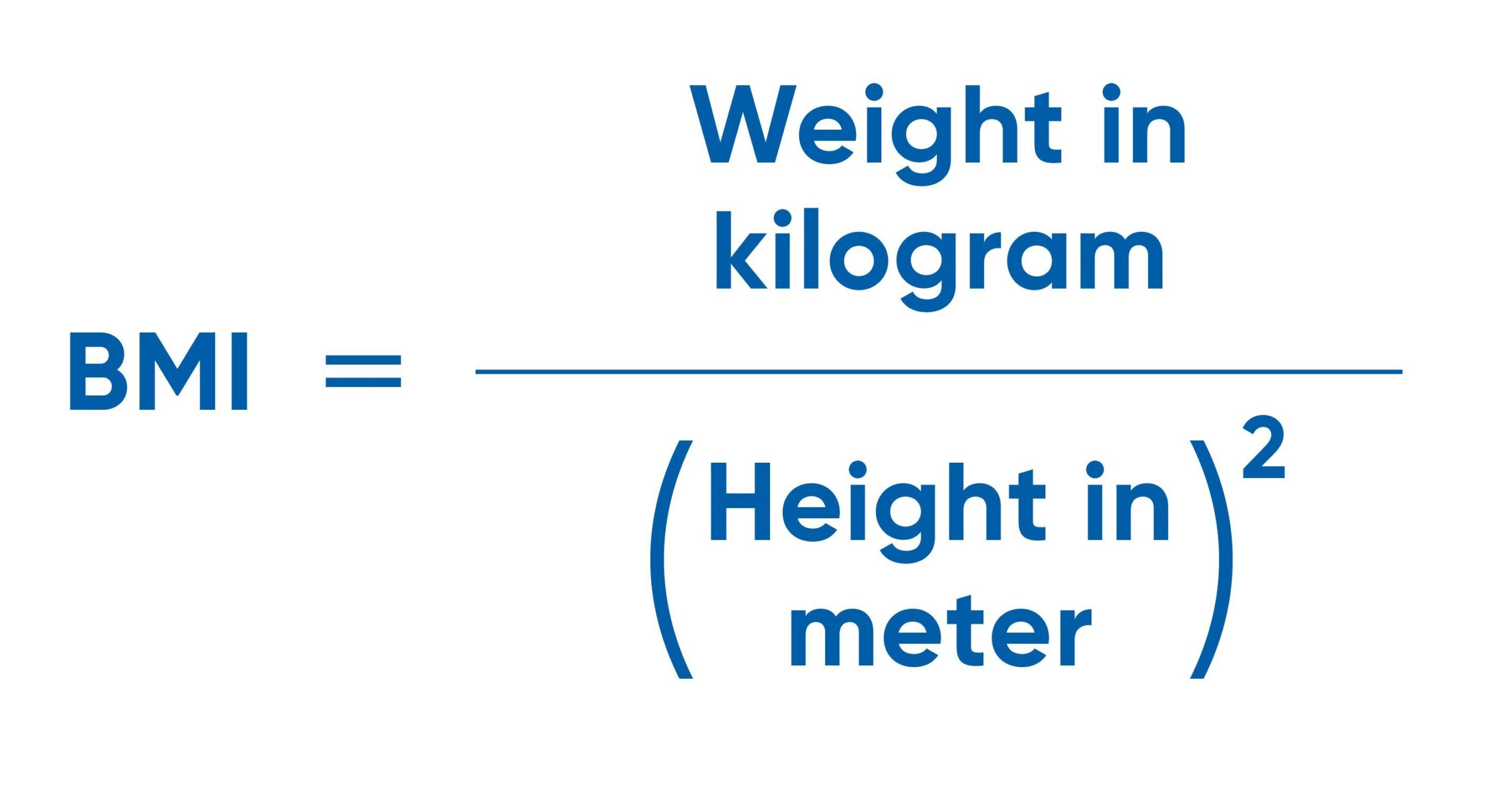
What is waist-to-hip ratio?
- Fat more closely linked to heart disease is ABDOMINAL FAT
- A better measurement of the risk of getting cardiovascular disease is waist-to-hip ratio
WAIST MEASUREMENT / HIP MEASUREMENT
How does smoking lead to cardiovascular disease?
1. Substances from tobacco are INHALED and ABSORBED into bloodstream
2. Damages vessels
3. Narrows vessels
4. Increases blood pressure
5. Increase blood clots
6. Leads to CV disease
How is a heart attack caused?
A heart attack is caused when the blood supply to the heart stops.
1. Substances from tobacco smoke DAMAGE the ARTERY LINING
2. FAT BUILDS UP in the artery WALL at the site of damage, making the artery NARROWER
3. A blood clot may BLOCK the artery or BREAK OFF and block another artery in the body - HEART ATTACK
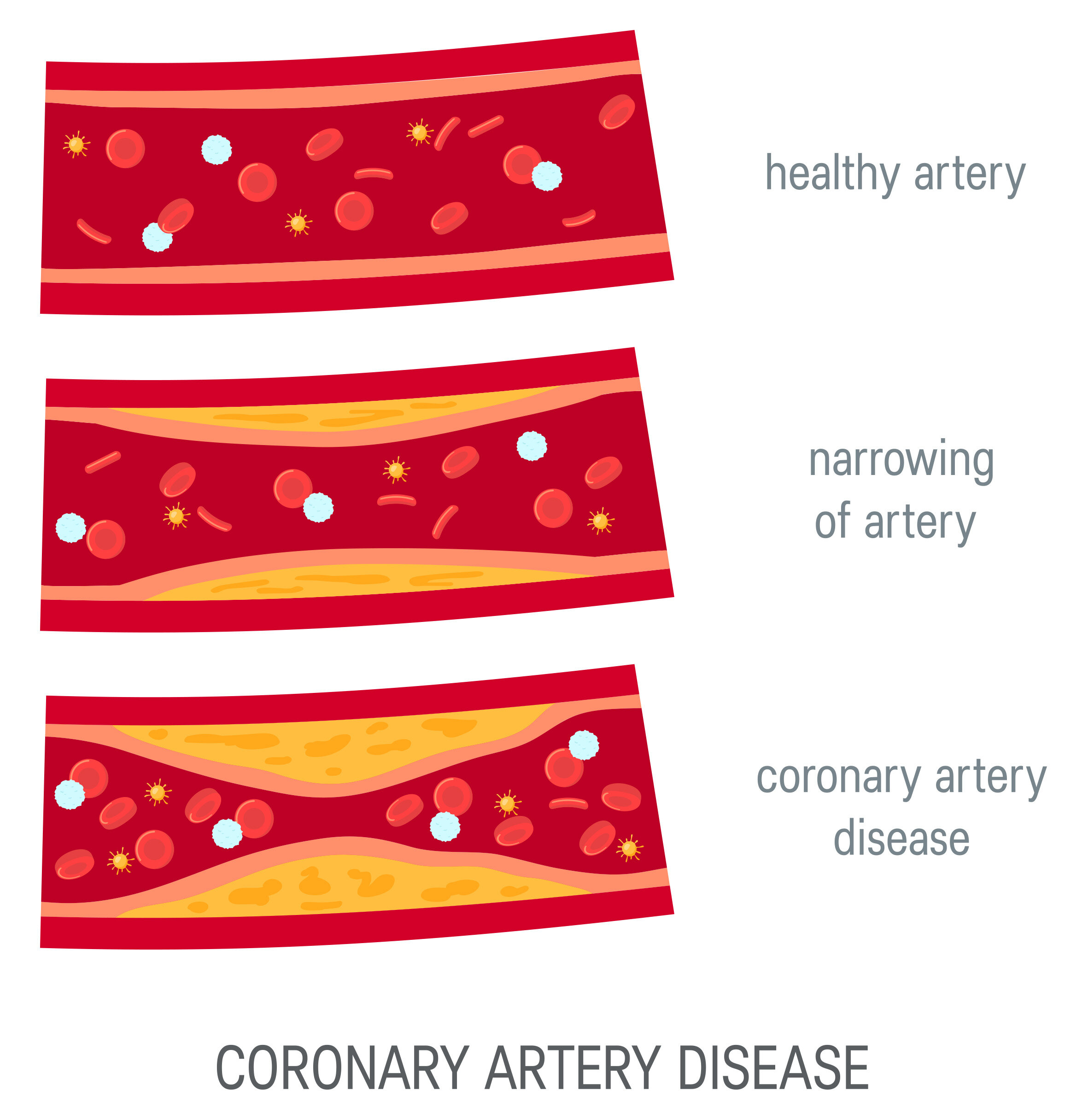
How is a stent used as treatment for a heart attack?
- A narrowed blood vessel can be WIDENED by inserting a small mesh tube (STENT) at the NARROWEST PART to hold it open.
- Blocked arteries in the heart can be BYPASSED by inserting other BLOOD VESSELS so the heart tissue is supplied with oxygen and nutrients again.
- Patients who have these operations may have to take MEDICINES for the rest of their lives to prevent a HEART ATTACK/STROKE.
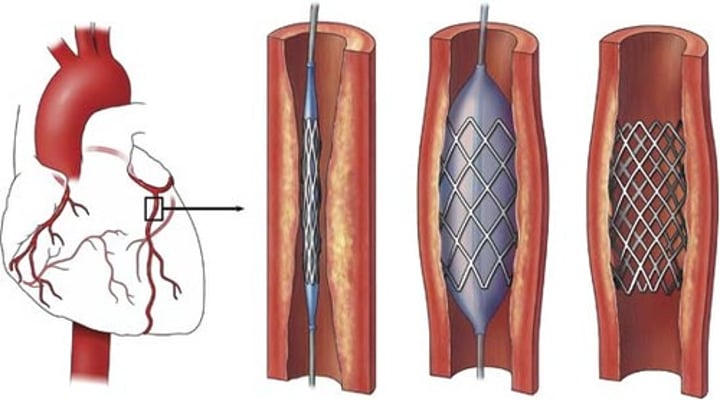
What are pathogens?
- Pathogens are a microorganism (microbe) too small to see without a microscope
- Some microorganisms are pathogens - they can cause infectious diseases
KEYWORD: VECTOR - organisms that carry pathogens from one person to the next
How do scientists compare the effects of a virus?
- BACTERIAL LAWN PLATES made with nutrient agar have a layer of bacteria growing on them
- A virus is added, and, a few days later. CLEAR CIRCLES show up where the bacteria has been killed
- The bigger the circle, the more EFFECTIVE the viruses are at replicating and killing bacteria
virus life cycle
LYTIC CYLE STAGE 1: Virus attaches to cell and injects genetic material
LYTIC + LYSOGENIC STAGE 2: Viral genetic material forms a circle
LYTIC STAGE 3: New viral genetic material and proteins are produced and assembled
LYTIC STAGE 4: Cell lyses, releasing viruses
LYSOGENIC CYCLE STAGE 1: Occasionally, the viral genetic material separates from the from the bacterial chromosome causing a lytic cycle
LYSOGENIC + LYTIC STAGE 2: Viral genetic material forms a circle
LYSOGENIC STAGE 3: Viral genetic material inserts itself into the bacterial chromosome
LYSOGENIC STAGE 4: Bacterium reproduces normally, replicating viral genetic material at each cell division
LYSOGENIC STAGE 5: Cell and viral genetic material may reproduce many times
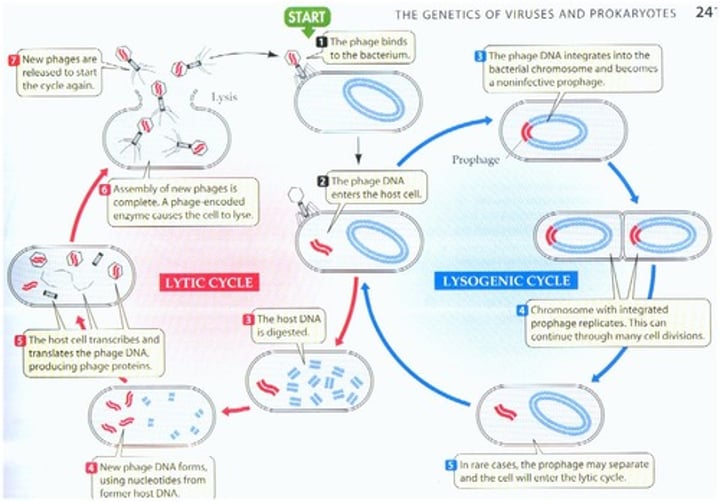
metre, millimeter, micrometer, nanometer

What's the equation for image size?
actual image = micrometer
image = millimeter
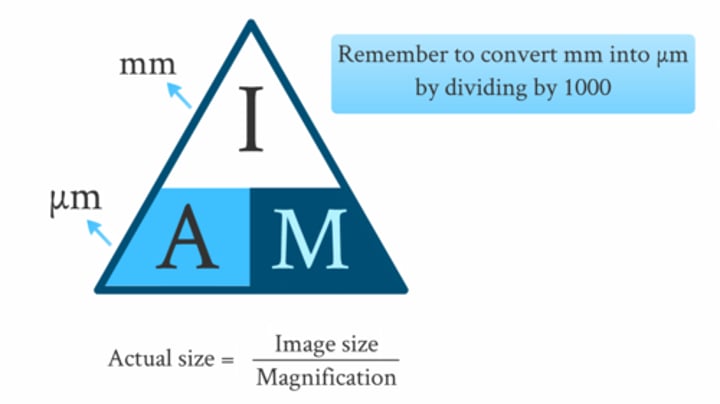
What is the basic structure of a virus?
A basic structure of a virus contains one or more STRANDS of GENETIC MATERIAL surrounded by a PROTEIN coat, or capsid, although many have additional layers surrounding the capsid
Why do scientists not classify viruses as living?
Scientists do not classify viruses as living because they are unable to replicate (make copies) on their own. They have to enter a living cell and take over that cells' processes for making new genetic material and proteins
Cholera information
Type of microorganism: Bacteria
Name of microorganism: Vibrio Cholerae
Symptoms: Sickness, diarrhoea, thirst, stomach pain
How they are spread: Infected water
How the spread may be reduced: Water purification, washing hands
Tuberculosis information
Type of microorganism: Bacterium
Name of microorganism: Mycobacterium Tuberculosis
Symptoms: Persistent cough, fever, blood in mucus
How they are spread: Droplets in air
How the spread may be reduced: Immunisation
Chalara Dieback information
Type of microorganism: Fungus
Name of microorganism: Hymenoscyphus fraxienus
Symptoms: Leaf loss, bark lesions
How they are spread: Spores in air
How the spread may be reduced: Collect fallen ash leaves and burn or bury
Malaria information
Type of microorganism: Protist
Name of microorganism: Plasmodium
Symptoms: Weak, fever, shivering, liver damage
How they are spread: Female mosquitos (vector)
How the spread may be reduced: Full body protection
Ebola information
Type of microorganism: Virus
Name of microorganism: Ebola virus
Symptoms: Haemorrhagic fever
How they are spread: Body fluids through cuts, eyes, nose
How the spread may be reduced: Full body protection
HIV/AIDS information
Type of microorganism: Virus
Name of microorganism: HIV
Symptoms: Flu-like, destruction of blood cells
How they are spread: Sexual content, exchange of body fluids
How the spread may be reduced: Condoms, not sharing needles
Stomach Ulcers information
Type of microorganism: Bacteria
Name of microorganism: Helicobaterphylon
Symptoms: Ulcers
How they are spread: Oral transmission
How the spread may be reduced: Wash hands, keep flies off food
How do plants protect themselves against attack?
PHYSICAL BARRIERS - physically prevent pathogens from getting in
1. Woody bark
2. Thick wavy cuticle on the outer surfaces of leaves and stems
3. Tough cellulose cell walls
CHEMICAL SUBSTANCES - chemicals the plant can secrete
1. Toxic chemicals that kill herbivores
2. Insect repelling chemicals
3. Antiseptic chemical that kill pathogens
extra -
Thorns/hairs to stop animals from touching or eating them
Leaves that curl and droop if an insect lands on it
Why do we have the drugs rather than relying on plant extracts?
1. Not enough plants - high demand + supply
2. Safety reason - don't know what dose/concentration is needed
Name 3 aseptic techniques
1. Autoclave
2. Heat
3. Alcohol
How do farmers identify plant diseases?
Cameras on DRONES are a powerful tool for farmers, helping them to find out if CROP PLANTS are under STRESS (environmental, like water, or by pests)
What is looked for when trying to identify plant diseases?
1. Change in growth
2. Colour change
3. Comparison against normal plants
4. Blotches or lesions
(CCCB)
What is diagnostic testing in terms of identifying plant diseases?
- Sometimes the only way to get a definite identification of a crop disease is to SEND SAMPLES to a LAB for testing
- Trying to GROW a pathogen from damaged crop plants
- Using TECHNOLOGY to identify genetic material from pathogen
What might farmers also send as well as the damaged plant for diagnostic testing?
- A REPORT of their observations
- SOIL SAMPLES to be tested for nutrients and toxins
How are STI's transmitted and what can be done to reduce the spread?
- STI's are mainly transmitted through bodily fluid such as semen and vaginal fluid e.g. chlamydia (bacteria) and HIV (virus)
- Some can spread via infected needles, through the placenta, and during breastfeeding
- Screening can be an effective way of reducing the spread of STI's because some people have an STI without showing symptoms so testing everyone is useful. You can also help treat it if you had it.
LOOK ON CLASSROOM TO REVISE PHYSICAL AND CHEMICAL BARRIERS TO INFECTION
CLASSROOM!!!!
Why is the immune system needed and how does it work?
- The immune system is needed if PATHOGENS are able to get past the physical and chemical defences and get into the body
- It works by the body identifying FOREIGN pathogens by detecting the ANTIGENS on their surface
- White blood cells (LYMPHOCYTES) have molecules called ANTIBODIES on their surface with a matching shape to their ANTIGENS and can attach to them, stopping them from working
What are antibodies and how do they work?
- Each different type of ANTIGEN causes a different type of ANTIBODY to be produced
- An antibody can only BIND to the antigen that caused it to be produced
- ANTIBODIES work by binding to ANTIGENS on pathogens, 'labelling' them and causing them to CLUMP together
- The pathogen can then be destroyed by PHAGOCYTES engulfing them
What is the immune response when attacking pathogens?
- When the LYMPHOCYTE is activated by attaching to an antigen , it DIVIDES rapidly to make many identical lymphocytes with the SAME antibodies
- Some of these produce HUGE quantities of IDENTICAL antibody molecules which can kill the pathogens or cause other parts of the immune system to destroy them
What are memory lymphocytes?
- When the pathogens have been killed, some of the lymphocytes remain the blood as MEMORY LYMPHOCYTES
- If you catch the SAME pathogen again, these memory lymphocytes can launch a much faster SECONDARY RESPONSE, preventing you from being ill again
- This means you are now IMMUNE to this pathogen and cannot catch it again
Why are vaccines used and how do they work?
- Vaccines are used to get IMMUNISED without having to suffer the symptoms
- The vaccine contains WEAKENED OR INACTIVE PATHOGENS with the SAME ANTIGENS, so the body reacts to them the same as it would to the real pathogen
- This produces MEMORY LYMPHOCYTES that will attack the real pathogen if you catch it
- Vaccines are usually injected but can be taken orally
What is the idea of herd immunity?
When majority of a population is vaccinated and so do not pass it on. This is helpful for those who cannot get vaccinated (e.g. the elderly, babies, those who are allergic)
How do antibiotics work?
- Discovered accidentally by Alexander Fleming in 1928
- Antibiotics work because the FUNGUS Penicillium produces a CHEMICAL called penicillin which kills bacteria. This is an ANTIBIOTIC
- This can be EXTRACTED and PURIFIED and used to KILL or INHIBIT bacterial infections in animals
- Antibiotics ONLY affect bacterial cells. They do NOT damage human cells
- Different antibiotics work in different ways so different antibiotics can be used to kill or inhibit lots of different kinds of bacteria
Why do we need to keep developing new medicines?
- New medicines need to continue to be developed because the problem with antibiotics is that bacteria develop resistance so they no longer work as effectively
- New medicines help control infection
- New medicines have to be very carefully tested before they can be used to treat patients
What are the 4 stages of a clinical trial?
1. Pre clinical trials 1 (cells/tissues)
2. Pre clinical trials 2 (animal testing)
3. Small clinical trials
4. Large clinical trials
What happens in pre clinical trials 1?
- Tested on cells/tissues in a lab
- It shows if the medicine can get into the cells and have the required effect. Makes sure harmful side effects are limited
What happens in pre clinical trials 2?
- Tested on mammals (e.g. mice/rabbits)
- Tested on animals to see how it works in a whole body without risk to human
What happens in small clinical trials?
- Tested on a small number of HEALTHY people
- Check that it's safe and side effects are small
What happens in large clinical trials?
- Tested on many people who have the disease that the medicine will be used to treat
- Helps work out the correct dose to give and to check for different side effects in different people. Only if a new medicine passes all these tests can a doctor prescribe it
What are monoclonal antibodies?
- Monoclonal antibodies are pure samples of millions of a PARTICULAR ANTIBODY that binds to only ONE ANTIGEN
- Made in a lab
- They are produced by lymphocytes
Lymphocytes cannot divide - so how do they produce lots of antibodies?
- FUSE the lymphocytes with cancer cells
- Cancer cells are cells that can divide uncontrollably (they have no Hayflick limit)
- This combination of B LYMPHOCYTES and CANCER CELLS are called HYBRIDOMAS
- Hybridoma cells can produce VAST QUANTITIES of monoclonal antibodies
How does a pregnancy test work?
- At the early stages of pregnancy, women's urine contains the HORMONE - HCG
- A DIPSTICK impregnated with MONOCLONAL ANTIBODIES for HCG can be used to test for pregnancy
- The monoclonal antibodies on the stick have BLUE BEADS (A DYE) attached
- If you are pregnant, the hormone in the urine BINDS to the ANTIBODIES with the blue beads attached and moves up the stick
- These STOP at the test site which turns blue - indicating pregnancy
- A CONTROL SITE stops any free antibodies and shows the test is working
How do doctors diagnose blood clots and cancer?
Blood clots - platelets - and cancer cells carry particular antigens (all cells carry antigens)
Specific monoclonal antibodies can be produced which bind to these antigens
Radioactive markers can be attached to the monoclonal antibodies which enable doctors to locate the blood clots or cancer cells using a PET scanner
What is the diagnosis and treatment of cancer?
Traditional chemotherapy and radiotherapy kill cancer cells but also harm normal human cells
Cancer cells have unique antigens
Monoclonal antibodies combined with anti cancer drugs makes it possible to deliver drugs to the cancerous cells only
This reduces the amount of drug needed and also reduces damage to healthy cells